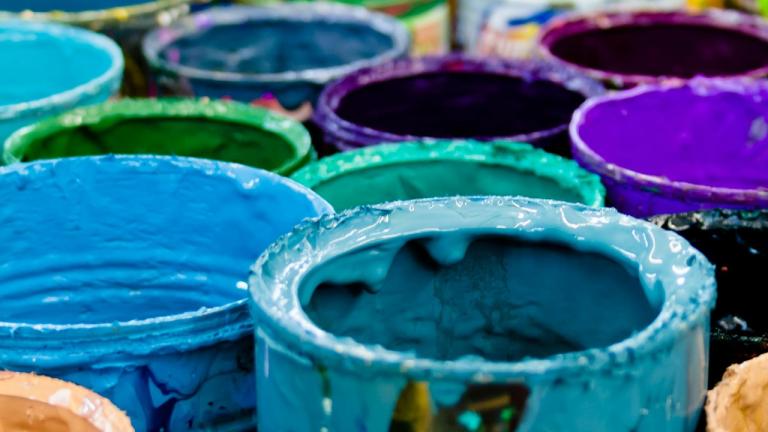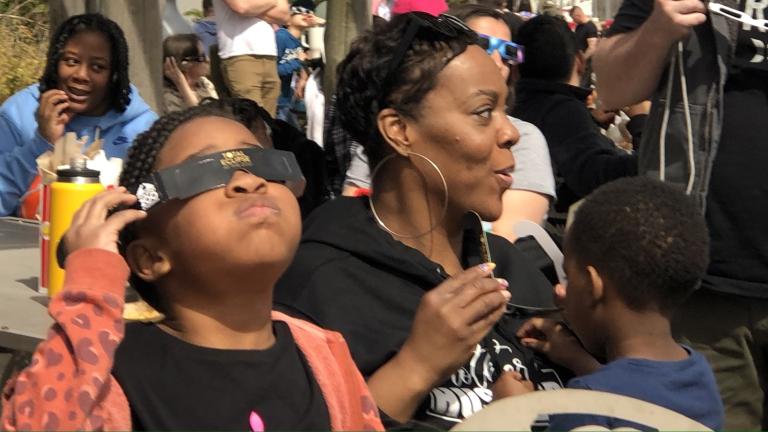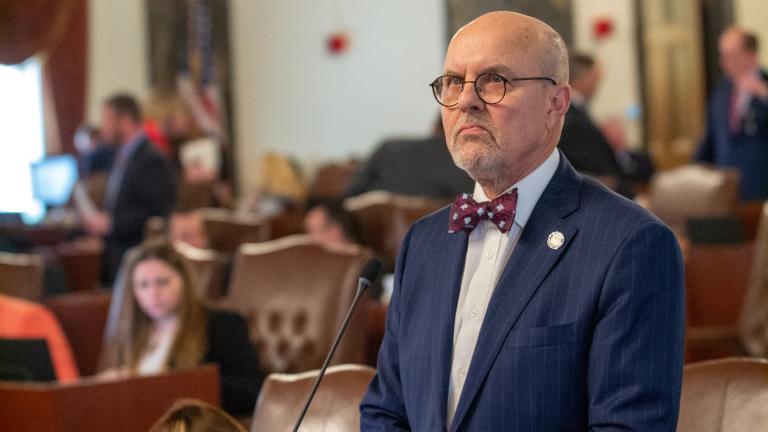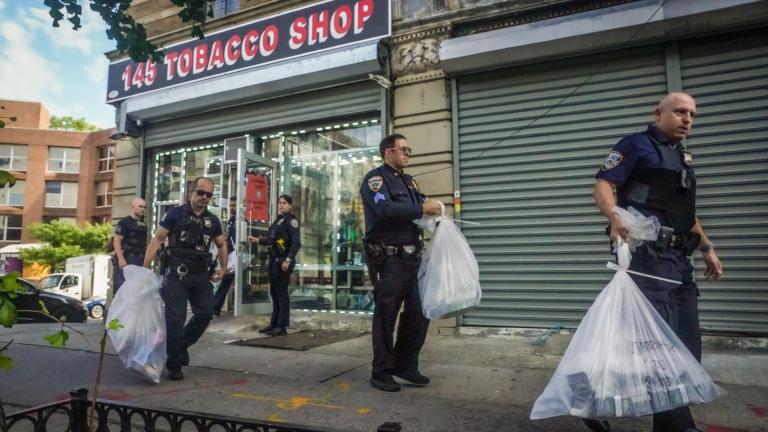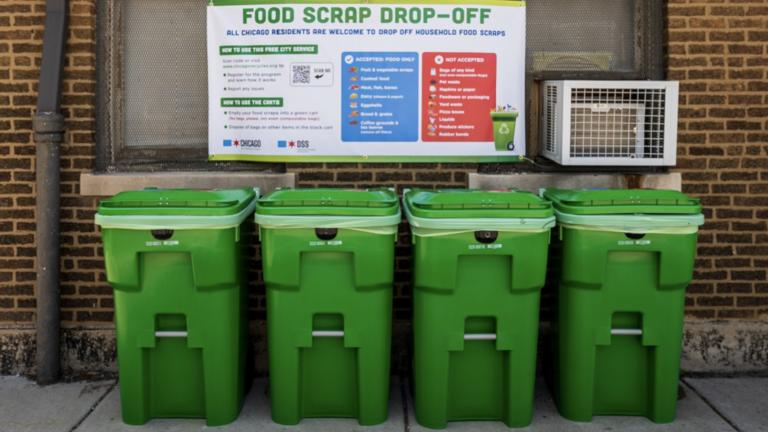On a recent spring morning, Ken Dunn unloaded a massive haul of cardboard and other paper products at a South Side recycling yard he operates.
Dunn runs Resource Center, a nonprofit that has served the Chicago area for decades.
“We actually started by helping crews pick up cans and bottles on vacant lots here on the South Side, providing jobs and money for them to pick up, and then pay their salary by the materials we collected,” he said.
The company has expanded over the years to include all kinds of materials, including one Dunn says has more than doubled during the pandemic: cardboard.
“People are buying these flat-screen TVs since they’re all at home, that are 5 foot by 4 foot, they come in big cardboard boxes, so a lot of boxes coming to homes,” Dunn said.
Those TVs, and a surprisingly large number of other products, are often shipped in what is known as corrugated packaging – boxes made up of layers of paper with a wavy flute in the middle for extra padding.
The corrugated industry had a record year in 2020, as more people bought everything from PlayStations to groceries online.
“[Corrugated] really is essential to our everyday lives. It brings us household cleaning materials, it brings us food, pharmaceuticals, tissue. Over the last year, the pandemic people really were concerned about toilet paper. It gets our toilet paper to us and everything in between,” said Rachel Kenyon, senior vice president of the Fibre Box Association, or FBA.
Located in Itasca, Illinois, near O’Hare airport, the FBA tracks shipments of corrugated packaging nationwide.
In 2020, after years of steady but modest growth, the group found that shipments of corrugated packaging skyrocketed across the country.
“The corrugated industry really grows fairly moderately from year to year, about 1% to 2%, 2.5%. And what happened last year with many things because of the pandemic, we really saw a change in box plant shipments,” Kenyon said. “In March of 2020 box shipments were up 9% over the previous year’s March, and that was when people were doing a lot of pantry stocking, a lot of hoarding of products.”
The FBA tracked a 3.4% overall increase in shipments in 2020 over 2019 – aided by a spike in e-commerce activity ahead of the holiday season.
The corrugated boom has been particularly taxing for box manufacturers like Akers Packaging on 87th Street in Chicago’s Burnside neighborhood.
“It’s impacted us in a great way from a revenue standpoint, but it’s made the business very difficult to run,” said Mike Akey, the company’s president.
The family run company owns plants across the Midwest but says it has been a challenge to scale up its operations to meet the recent flurry of demand.
To accommodate that increase, Akers has continued investing in automation, which they began doing several years ago, and also in manpower.
“We’re using as much of the capacity at our central Illinois and southern Michigan plants as possible, we’re also providing overtime on a daily and on Saturday basis. So we call it ‘throwing hours’ at it, to get more production,” said Dave Perry, the company’s sales manager.
But the company has recently had trouble filling vacant positions. And the strain of the past year has led to longer wait times for distributors who receive boxes from manufacturers like Akers.
“I think it’ll sort it out as people spend more money on vacations and hotels and less money on goods for their homes and food and things like that, and also the industry spend money on machinery and equipment,” Akey said. “But it’s going to take the better part of a year. We really do think things aren’t going to change until the fall or maybe even next year.”
Unlike plastic, corrugated is highly recyclable. The FBA says the industry’s recovery rate hovers around 90%.
At the Resource Center lot, Ken Dunn says he’s expecting the influx to continue, as restaurants and other businesses reopen after pandemic shutdowns. And, he’ll be ready.
“Local systems with all recyclables is better for a sustainable planet, and I think it will improve the quality of life for all communities,” Dunn said.

